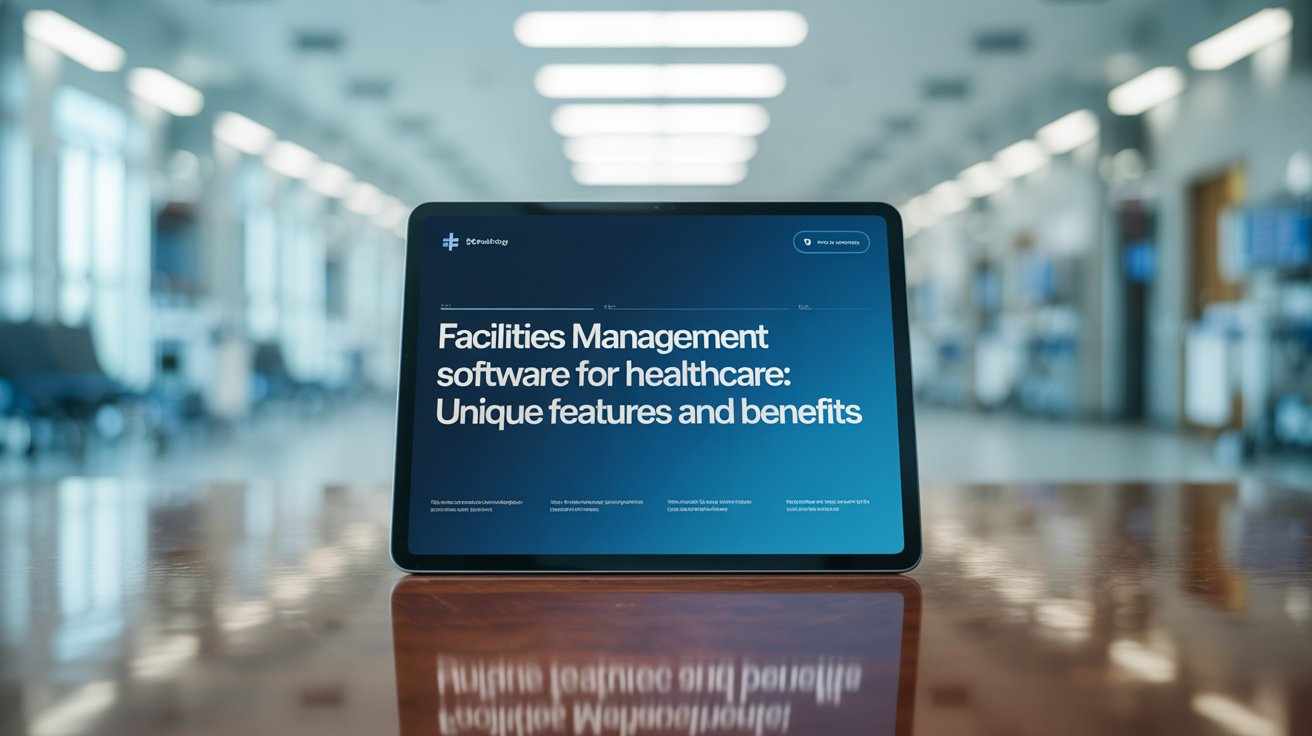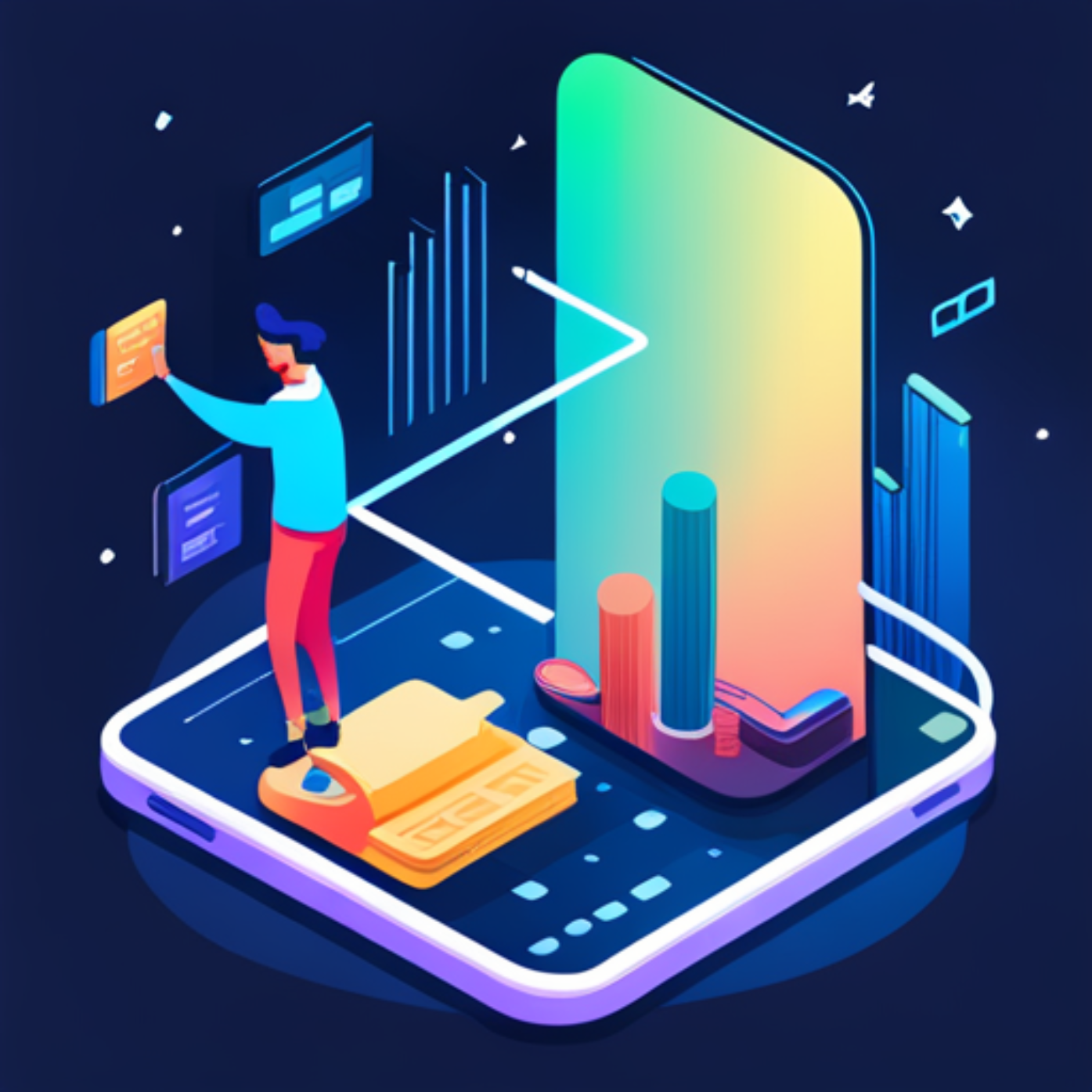
Introduction
The Software as a Service (SaaS) sector has become a cornerstone of the digital economy, reshaping how businesses operate and deliver solutions to customers. In 2024, the evolution of SaaS is expected to accelerate, driven by technological advances and changing market demands. This blog explores the top trends in SaaS development services to watch, offering insights for organizations looking to stay ahead of the curve. From AI integration to cloud-native applications, understanding these trends is crucial for anyone looking to hire SaaS developers, enhance their web app design service, or invest in custom software development.
Emerging Trends in SaaS Development Services
The SaaS industry is witnessing a remarkable transformation, fueled by cutting-edge innovations and advancements in technology. As we navigate through 2024, several key trends in SaaS development services are emerging, reshaping the landscape of software as a service. Let's delve into these trends and understand their significance in the current market.
AI Integration in SaaS Development
Artificial Intelligence (AI) continues to revolutionize various industries, and its integration into SaaS development is no exception. By embedding AI capabilities, SaaS platforms are becoming smarter, more efficient, and capable of offering personalized experiences to users. This integration facilitates enhanced data analysis, predictive analytics, and automation of routine tasks, thereby improving productivity and customer satisfaction. For businesses looking to stay ahead, hiring SaaS developers who specialize in AI integration is becoming increasingly essential.
Rise of Cloud-Native Applications
Cloud-native applications are designed and built to exploit the scalability, flexibility, and resilience offered by cloud computing environments. These applications are quickly becoming the standard for SaaS development, given their ability to support dynamic, global, and mobile workforces. Utilizing microservices, containers, and serverless architectures, cloud-native applications enable faster deployment, easier management, and improved performance. This trend underscores the need for businesses to adopt cloud-native strategies for their SaaS solutions to remain competitive.
Focus on Vertical SaaS Solutions
Unlike horizontal SaaS, which targets a wide array of industries with general solutions, vertical SaaS focuses on catering to the specific needs of particular industries. This trend towards vertical SaaS solutions is gaining momentum, as it allows for deeper customization and functionality tailored to niche market requirements. Vertical SaaS solutions are especially beneficial for industries with specialized regulatory, data, or operational needs, offering them a more relevant and efficient software option.
Impact of Technology Advancements on SaaS Development Services
As technology continues to advance at an unprecedented rate, its impact on SaaS development services is profound. These advancements are not only reshaping the way we develop and deploy SaaS solutions but also enhancing how users interact with these platforms. Let's explore how these technological advancements are influencing SaaS development and what benefits they bring to the table.
Leveraging IoT in SaaS Solutions
The Internet of Things (IoT) is making significant strides in various sectors, and its integration into SaaS solutions is opening up new possibilities for businesses. By leveraging IoT technology, SaaS platforms can collect and analyze data from a vast network of interconnected devices in real-time. This capability enables businesses to gain deeper insights, optimize operations, and deliver enhanced user experiences. Implementing IoT into SaaS solutions requires dedicated resources and expertise, emphasizing the importance of hiring skilled developers in this domain.
Enhancing Security Measures in SaaS Development
As SaaS platforms handle vast amounts of sensitive data, ensuring the security of these systems is paramount. The rise in cyber threats has necessitated the advancement of security measures within SaaS development. Implementing robust encryption techniques, multi-factor authentication, and continuous vulnerability assessments are some of the ways developers are striving to enhance the security of SaaS solutions. Security is no longer an afterthought but a fundamental aspect of the development process, critical in maintaining user trust and complying with regulatory requirements.
Role of Machine Learning in Personalizing SaaS Experiences
Machine Learning (ML), a subset of AI, plays a crucial role in personalizing user experiences within SaaS platforms. By analyzing user data and behavior patterns, ML algorithms can predict user needs and preferences, enabling the delivery of customized content, recommendations, and services. This level of personalization not only improves user satisfaction but also drives engagement and loyalty. The incorporation of ML in SaaS development is a trend that's rapidly gaining traction, illustrating the shift towards more intelligent and user-centered platforms.
As we look to the future, it's clear that the trends and technological advancements in SaaS development services are creating a more dynamic, efficient, and personalized digital ecosystem. From AI and ML integration to the rise of cloud-native applications and the focus on vertical solutions, these developments are setting the stage for a transformative period in the software-as-a-service industry. For businesses aiming to leverage these trends, prioritizing innovation and partnering with skilled developers will be key to achieving success in this evolving landscape.
Hiring Practices for SaaS Development Teams
In the rapidly evolving landscape of software as a service (SaaS), building a strong development team is pivotal. The hiring practices for SaaS development teams have evolved, focusing not just on technical prowess but also on flexibility, adaptability, and a deep understanding of evolving market trends. Let's delve into some of the key aspects.
Importance of Hiring Dedicated Resources
Hiring dedicated resources for SaaS development is more than just filling positions; it's about building a team that is invested in the project's success. Dedicated resources bring several advantages:
Focus: They work exclusively on your project, which means your SaaS development receives undivided attention.
Expertise: Having a team with specialized skills tailored to your specific project requirements ensures higher quality outcomes.
Scalability: As your project's demands change, it's easier to scale a dedicated team up or down based on the current needs, providing flexibility and cost efficiency.
These benefits highlight why many businesses opt to hire dedicated resources for their SaaS development needs. This approach ensures not only the swift progress of projects but also the development of reliable and scalable software solutions.
Benefits of Working with a Custom Software Development Company
Partnering with a custom software development company offers significant advantages for SaaS projects. Here are a few key benefits:
Expert Guidance: Companies specializing in custom software development usually possess extensive experience across various projects. This expertise allows them to provide valuable insights and suggestions.
Comprehensive Services: From web app design to ERP software development, these companies offer a wide range of services, enabling a holistic approach to SaaS development.
Resource Flexibility: They allow businesses to hire dedicated resources or even entire teams, adjusting to project needs without the overhead of hiring full-time staff.
Working with a seasoned custom software development company can simplify complex development processes, enabling businesses to focus more on strategy and growth.
Understanding the Difference Between SaaS vs PaaS vs IaaS
The distinctions between Software as a Service (SaaS), Platform as a Service (PaaS), and Infrastructure as a Service (IaaS) are fundamental in cloud computing but often confused. Here's a brief overview:
SaaS: This model delivers software applications over the internet, eliminating the need for installations and maintenance on individual computers. SaaS solutions are ready-to-use applications for end-users.
PaaS: Provides a platform allowing customers to develop, run, and manage applications without dealing with the underlying infrastructure. It’s favored by developers for its flexibility and scalability.
IaaS: Offers virtualized computing resources over the internet. It provides a highly scalable and automated compute infrastructure, allowing users to purchase resources on-demand and manage them through a dashboard.
Understanding these distinctions is crucial for businesses to choose the right cloud services model to suit their needs, whether for data storage, application development, or scaling their IT infrastructure. Each model offers different levels of control, flexibility, and management, affecting how businesses deploy and manage their applications and services.
Conclusion
As we look forward to 2024, the landscape of SaaS development services is set to evolve with remarkable innovations and strategic implementations. For businesses considering to hire SaaS developers or an ERP software development company, staying abreast of these trends is crucial. From the seamless integration of AI and machine learning to the rise of cloud-native applications, the future of SaaS is bright and holds promising opportunities for custom software development andweb app design services. By embracing these trends, companies can ensure they are not only competitive but are also offering cutting-edge solutions to their clients.




















Write a comment ...